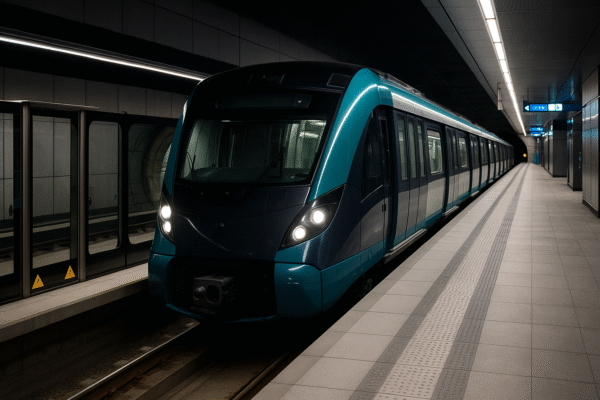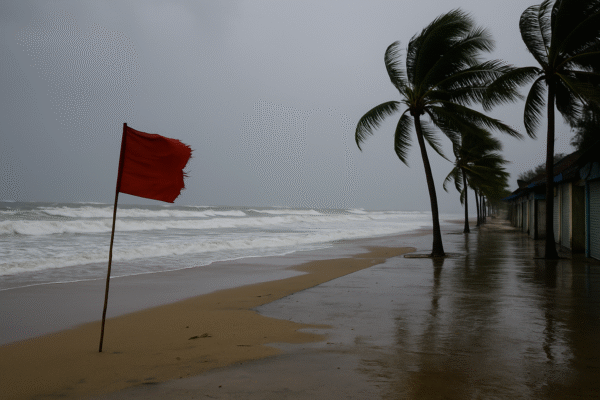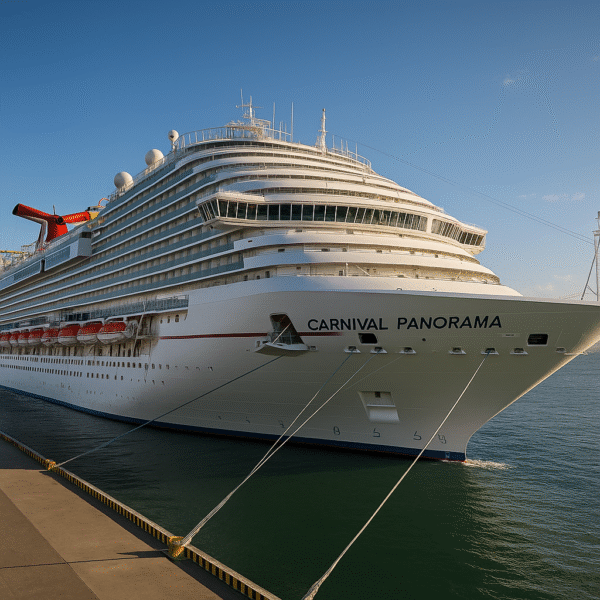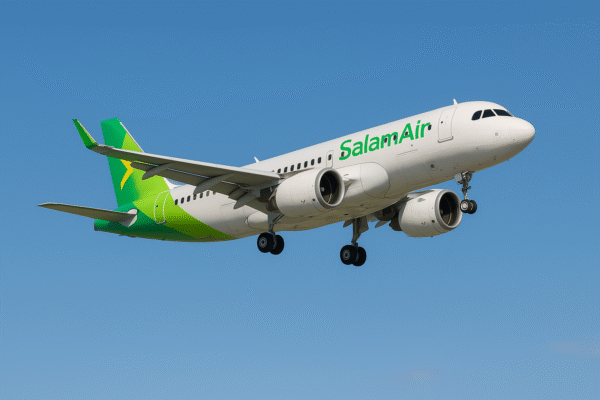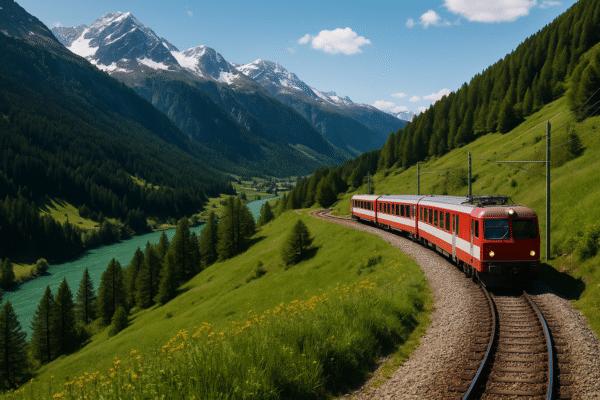Europe’s legendary Alpine railways are experiencing a grand revival, with historic routes linking Austria, Italy, France, and Switzerland being restored to service in 2025. Leading the charge is the highly anticipated reopening of Austria’s Tauern railway on July 14, a vital artery for trans-European travel that promises to reignite tourism, boost economic growth, and restore seamless cross-border connectivity across the Alps.
A Heritage Rebuilt: The Legacy of Alpine Rail Routes
For over 150 years, Alpine railways have formed the backbone of Central Europe’s transportation system. From Austria’s pioneering Semmering railway, opened in 1854, to the historic Mont Cenis route linking France and Italy (via the Fréjus tunnel, opened in 1871), and Switzerland’s Gotthard tunnel (inaugurated in 1882), these marvels of engineering not only connected countries—they helped forge a united Europe.
Austria’s Tauern railway, launched in 1909 under the Habsburg Empire to connect to the Adriatic, played a strategic role in linking southern Germany and Switzerland to Slovenia and northern Italy. Its closure in November 2024 for comprehensive reconstruction served as a reminder of the fragility—and importance—of Alpine routes in maintaining Europe’s mobility and supply chains.
Landslides, Floods, and Disruptions: A Challenge for Operators
In recent years, Alpine rail services have suffered major setbacks due to natural disasters. In 2023, a landslide shut down the Mont Cenis line, severely affecting high-speed rail between France and Italy. Though reopened intermittently, further closures followed—such as another landslide in spring 2024. These disruptions caused logistical bottlenecks across the continent and highlighted the urgency of modernizing and safeguarding trans-Alpine rail infrastructure against climate risks.
Reconnecting Europe: Major Route Restorations
Despite these challenges, 2025 has seen Alpine railways roar back to life. The Mont Cenis service has resumed, enabling high-speed travel from Paris to Turin in just over five hours. Austria and Italy’s Brenner corridor has been enhanced by a new seasonal Railjet service, stretching from Munich to Ancona, a major Adriatic port. Meanwhile, the Semmering railway now hosts a new long-distance line connecting Warsaw to Rijeka, giving passengers a scenic 20-hour journey across the Alps to the Croatian coast.
Another new highlight is the daytime Gotthard corridor train between Zürich and Pisa, offering passengers breathtaking views as they journey from Switzerland to the Ligurian coast of Italy.
Tauern Railway Reopening: A Transformational Moment
Central to this rail renaissance is the reopening of the Tauern railway. Its return reactivates critical overnight services like the Nightjet from Munich to Rome, and connections from Stuttgart and Salzburg to Venice—routes that had been suspended due to the line’s closure.
The route’s relaunch restores direct train service from Salzburg to Villach, cutting travel time to just 2 hours and 32 minutes. From Villach, travelers can continue seamlessly to Slovenia and northern Italy, reestablishing a key east-west corridor across the Alps.
A Journey Through the Alps: Scenic and Cultural Wonder
For rail enthusiasts and tourists alike, the Tauern railway offers a breathtaking alpine experience. From Salzburg, the train ascends the Salzach valley, offering passengers panoramic views of the majestic Tauern Alps. At Bad Gastein, a historic spa town known for its radon-rich thermal springs, travelers can pause to soak in wellness and mountain charm.
The train then passes through the Tauern tunnel, a seven-minute underground journey that emerges into the sunlit Carinthian landscape. As it descends into the Möll Valley and follows the River Drau toward Villach, passengers are treated to picturesque views that underscore why this route is as much about the journey as the destination.
Economic Ripple Effects and Future Prospects
According to Björn Bender, CEO of Rail Europe, the reopening of the Tauern railway represents a major milestone for European connectivity. It strengthens ties between Bavaria, Slovenia, and northeastern Italy, and enhances access to Austria’s Carinthia province, a region now poised to benefit from increased international tourism and commerce.
Further progress is already on the horizon. The upcoming Koralm Tunnel, set to open in December 2025, will slash travel times between Vienna and Klagenfurt, reinforcing Austria’s central role in the European rail grid.
Ticketing and Travel Planning
Tickets for the rejuvenated Salzburg–Villach route start at just £9 one-way, with discounted Sparschiene fares selling out fast. Rail companies expect high demand this summer, as travelers look to rediscover the convenience and scenic beauty of Europe’s restored Alpine routes.
From sustainability and scenic value to economic growth and cultural connection, the Alpine rail revival is more than just a transportation project—it’s a symbol of European resilience and renewal.
For more travel news like this, keep reading Global Travel Wire

